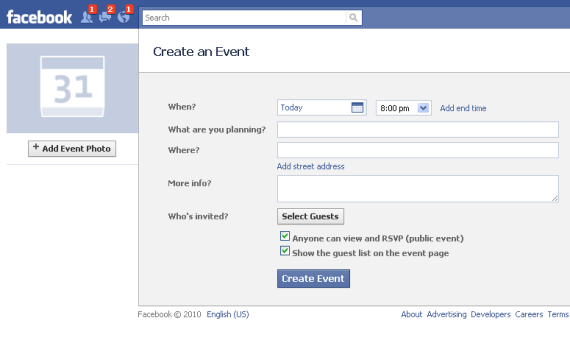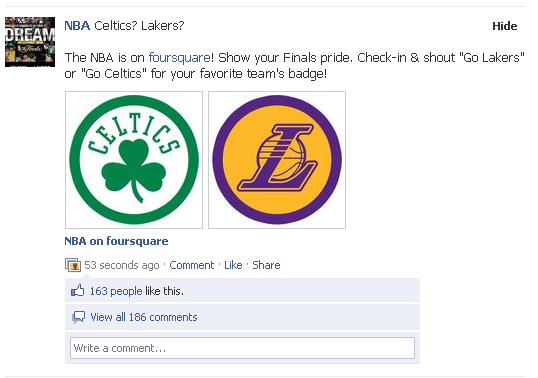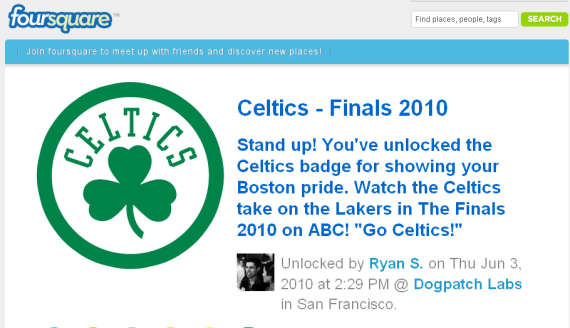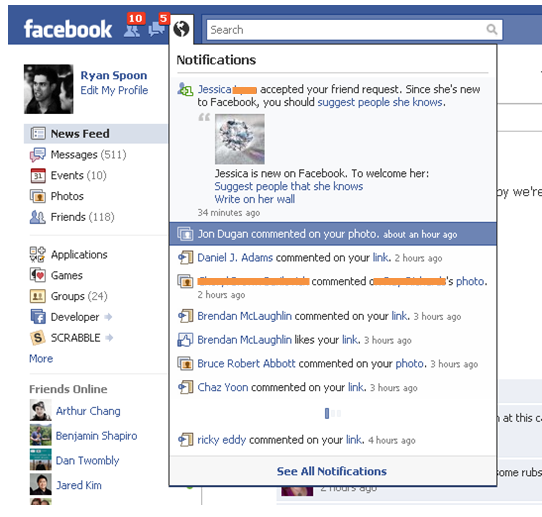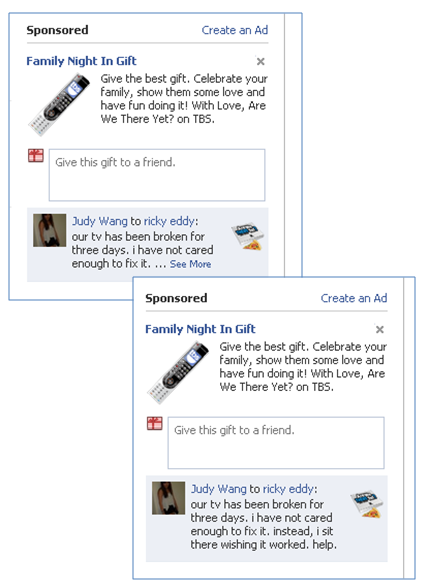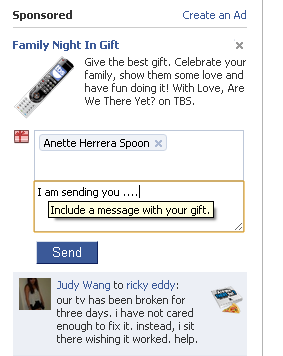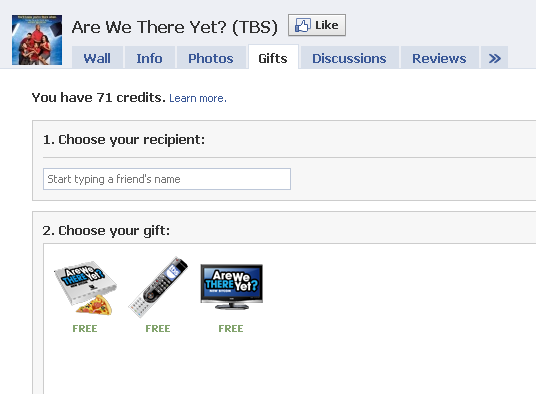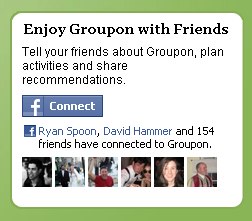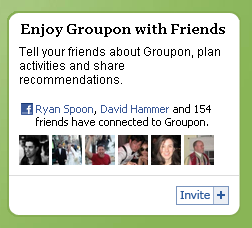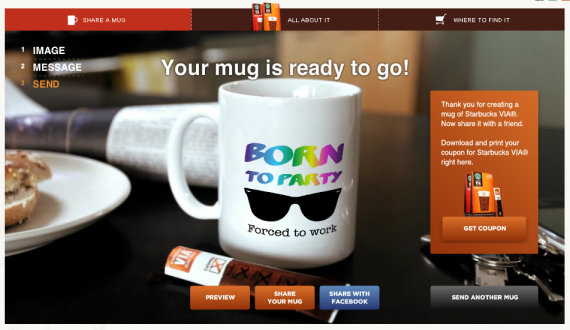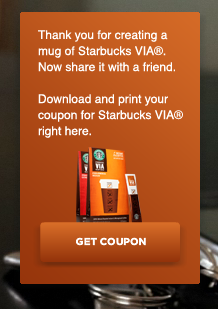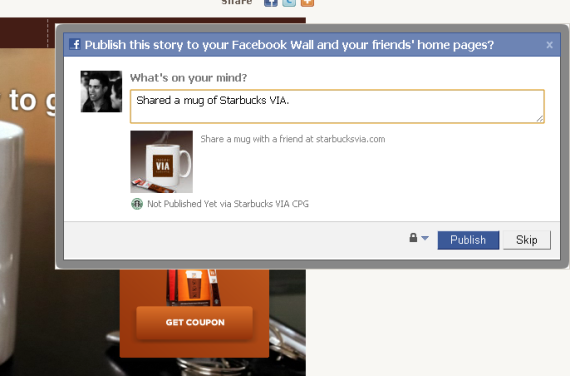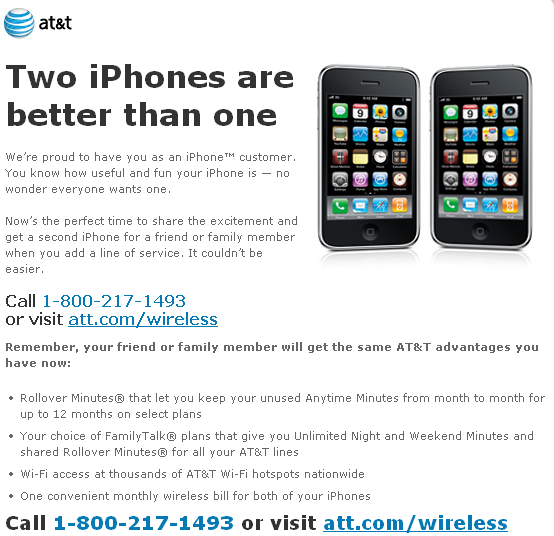User acquisition and customer lifecycle / progression is often measured with funnels and segmentation studies (interested in more? take a look at KissMetrics - a Polaris company). It is not a big stretch - but it is valuable to think about product similarly. A user's first interaction with a product (application, registration, form, etc) is critical... and one frequent failing is overload of information, interactions, requests, etc. There are several great examples of web products that progress as each user graduates through various steps / actions. For instance, registration commonly occurs with a big form: name, user ID, contact information, etc. Progressive registration can occur with just a user ID or Facebook Connect login. Additional information can collected as the user advances in the product's cycle.
Below is a good example from Facebook. Their events product is powerful and relatively complex as it has several fields, components of customization, friend invitations, etc. When Facebook moved event notifications to the upper right portion of the homepage, they created a mini-application and effectively created a progressive product flow:
It starts with a simple box and question: "what are you planning?"
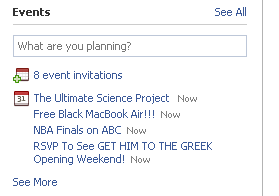
Click into the box and only the most important fields expand: name, date, friends and location. This is an important lesson for user registration or profile building - collect only the essentials up front and enable expansion later.
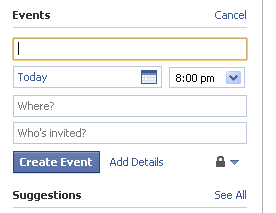
Want to further customize your event? You can supplement what you already created:
